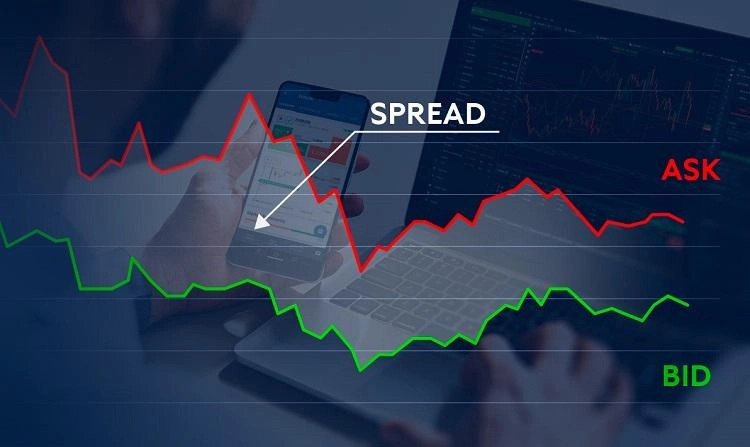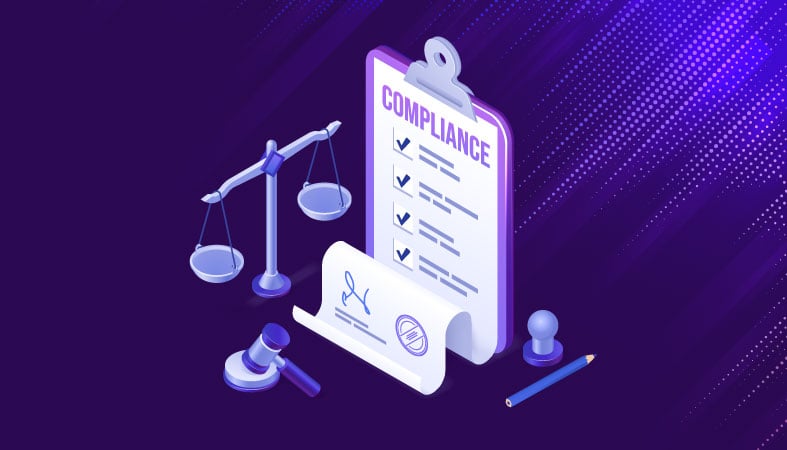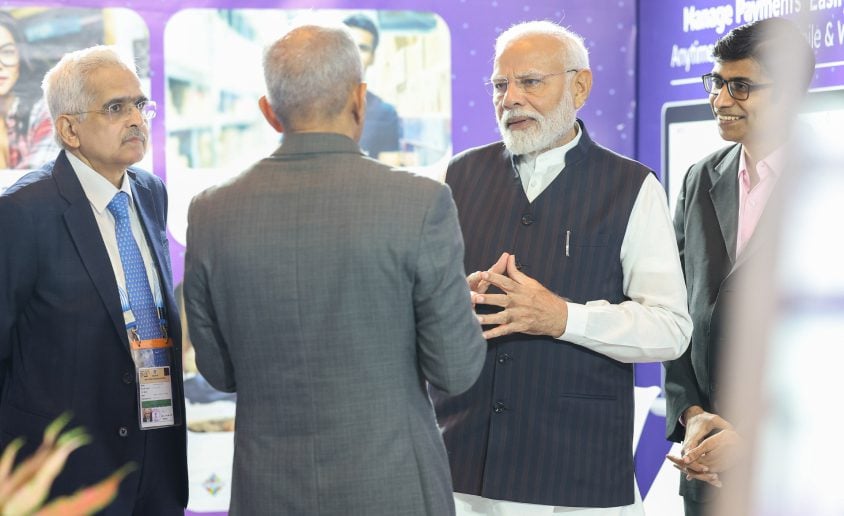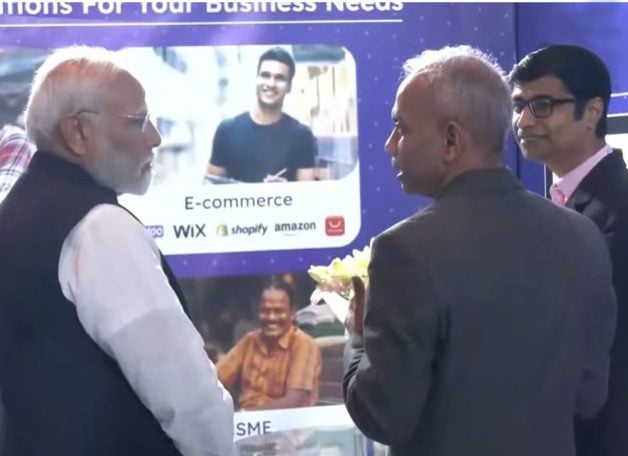Have you ever sent money abroad or paid for something in another country only to find less money arrived than you expected? Or maybe an international payment took longer than a local one? This common frustration often points to a secret cost: the FX spread.
The global money market is enormous. About $7.5 trillion moves every single day! This huge market involves many players, from large banks and brokers to everyday businesses and people like you. All this buying and selling impacts how much currencies are worth. And it directly affects the FX spread.
So, what exactly is this FX spread? And how does it quietly take money from your pocket without you even seeing a separate fee? Let’s dive in to uncover this important, often-overlooked cost. Knowing this helps you make smarter choices and keep more of your hard-earned money.
What Is an FX Spread?
The FX spread is simply the gap between two prices a money changer (or bank/broker) offers:
- The “Ask” Price (Sell Price): This is the price they are willing to sell a currency to you. It’s the higher price.
- The “Bid” Price (Buy Price): This is the price they are willing to buy that same currency from you. It’s the lower price.
Let’s use an example: Imagine a bank quotes EUR/USD as $1.1200 (Bid) / $1.1250 (Ask).
- If you want to buy Euros, you pay the higher ask price of $1.1250 for each Euro.
- If you immediately sell those Euros back, you’d only get the lower bid price of $1.1200 for each Euro.
That $0.0050 difference ($1.1250 – $1.1200) is the spread. For every Euro you bought and sold instantly, you “lost” $0.0050 just because of this spread. This small difference is a direct cost to you, and it’s how the bank or broker makes money from your trade. This small unit of movement, $0.0001, is often called a “pip.” So, a spread of $0.0050 is 50 pips.
How the FX Spread Becomes Your Hidden Cost
While the example above uses “brokers,” the same idea applies to your everyday international payments. Banks, credit card companies, and online payment services all apply a spread. This spread is their profit margin embedded within the exchange rate they offer you. It’s “hidden” because it’s not a separate line item on your bill; it’s simply a worse exchange rate than the true market rate.
This isn’t just a small issue for individuals. For businesses, these hidden costs add up quickly. Recent research shows that small businesses in India alone lost nearly INR 67,504.36 million in 2023 due to hidden fees from international transfers. That’s a huge amount of money that could have been saved!
Decoding the Fees: Foreign Transaction vs. Currency Conversion
People often mix up “foreign transaction fees” and “currency conversion fees.” While they both cost you money, they are different:
1. Foreign Transaction Fees (Bank Processing Charges):
- What it is: This is a fee your bank or credit card company charges you for making any purchase or getting cash outside your home country. Think of it as a small service charge for international use.
- How it works: Banks typically charge between 2% to 3% of what you spend. For example, if you’re on holiday and swipe your card for INR 10,000, your bank might charge an extra INR 200-300 as their fee.
- Card Network Fees: Big card companies like Visa and Mastercard also add their own fee, usually around 1% of the transaction value. This covers their costs for processing, currency handling, and security.
- Total Cost: When you add your bank’s fee and the card network’s fee, your total foreign transaction fees can reach up to 3.5%. This is a separate charge that might appear on your statement.
2. Currency Conversion Fees (The Spread in Action):
- What it is: This is the markup your bank or payment provider adds to the “mid-market exchange rate.” The mid-market rate is the true, real-time exchange rate that banks use to trade among themselves, with no extra profit built in. The fee you pay here is the FX spread itself, built into the exchange rate you are offered.
- Typical Markup: This extra charge is usually 1% to 3% of the amount you are converting. Some traditional banks might add an even higher markup, from 4% to 6%, significantly reducing the amount that reaches the recipient.
- Dynamic Currency Conversion (DCC) Traps: Be very careful with DCC. This happens when a foreign shop or ATM offers to charge you in your home currency (e.g., “Pay in INR?”). While it seems easy, DCC often has huge markups, from 2.6% up to a shocking 12% above true market rates! Always choose to pay in the local currency (e.g., Euros in Europe, Pounds in UK) to avoid these costly traps. If you agree to DCC, you’re accepting a worse exchange rate.
- Third-Party Services: Some online money transfer services offer better rates. They apply smaller markups (lower FX spreads) or have more transparent fee structures than traditional banks.
What Makes the FX Spread Wider (and Costs You More)?
Besides your bank’s own markups, other factors can make the FX spread wider. A wider spread means you pay more for your currency conversion.
- Time of Day (Liquidity): Think of a market. If it’s busy, there are many buyers and sellers, so prices are tight. If it’s quiet, there are fewer people. In currency markets, this is called liquidity.
- If you try to trade a currency like the Euro during Asian trading hours (when European markets are closed), there are fewer traders active. This makes the market less liquid (money can’t be bought and sold easily).
- Brokers then make their spreads wider to cover the higher risk they take by holding that currency. This means you pay more for your conversion.
- Major Events and Market Swings (Volatility): Big economic news (like unemployment rates, inflation reports, or interest rate decisions by central banks) or global political events can cause currency rates to jump wildly and unpredictably. This is called volatility.
- During such volatile times, it’s very hard for banks and brokers to know the exact exchange rate even for a moment. To protect themselves from sudden losses, they charge a much wider spread. This means you pay more for the added risk they face.
- Too Many Middlemen (Intermediary Banks): For international wire transfers, your money might not go directly from your bank to the recipient’s bank. It might pass through several “intermediary banks.”
- Each bank in this chain might add its own “lifting fees” or handling charges. These small fees from each middleman add up, increasing the total cost of your transfer and slowing it down.
Smart Ways to Lower Your FX Spread and Other Fees
Knowing how these fees work empowers you to keep more of your money. Here’s how to lower your costs:
- Pick the Right Payment Method:
- Specialized Online Platforms: Many financial technology (fintech) companies, like BRISKPE, offer much more competitive rates than traditional banks. For example, a bank might add a 4-6% markup (spread) to your transfer, meaning you lose INR 400-600 on every INR 10,000 converted. A fintech platform might charge less than 1%, saving you a lot!
- Multi-Currency Accounts: If you regularly deal with money from other countries, think about getting an account that holds different currencies. Platforms like BRISKPE often provide features that help you manage and avoid repeated conversion fees every time you send or receive money in a specific foreign currency.
- Specialized Online Platforms: Many financial technology (fintech) companies, like BRISKPE, offer much more competitive rates than traditional banks. For example, a bank might add a 4-6% markup (spread) to your transfer, meaning you lose INR 400-600 on every INR 10,000 converted. A fintech platform might charge less than 1%, saving you a lot!
- Time Your Transactions:
- Weekday vs. Weekend: Markets are less liquid on weekends (and during holidays). This means wider spreads. Always try to send money during weekdays when global markets are open and active.
- Mid-Month Periods: Transfers made during the middle of the month can sometimes have lower fees compared to busy times at the end of the month, when many businesses process payrolls and invoices.
- Early Morning: Scheduling transfers early in the day (before bank cut-off times) can help your transfer go through faster, potentially reducing exposure to fluctuating rates.
- Use Modern Money Solutions:
- New financial technology offers smarter ways to handle your money exchange. Platforms like BRISKPE process transfers much quicker (often instantly, compared to 3-5 days for traditional banks).
- They typically provide real-time exchange rates and clear fee structures. This helps you make smart choices about when and how to send money.
- For large international transfers, you can use forward contracts. These let you lock in a favorable exchange rate for money you’ll send later. This method protects you from sudden currency swings and helps you budget better.
Quick Look: Foreign Transaction Fees vs. Currency Conversion Fees
Here’s a simple comparison to help you understand the charges:
| Feature | Foreign Transaction Fees | Currency Conversion Fees |
| Normal Fee Range | 2-3% of what you spend | 1-3% extra on the exchange rate (can be much higher with DCC) |
| Main Parts of the Fee | – Your bank’s fee (2-3%) <br> – Card network fee (like 1%) | – Extra charge on the exchange rate (the FX spread) <br> – Dynamic Currency Conversion (DCC) charges |
| When It Happens | – When you buy things abroad <br> – When you shop on foreign websites <br> – When you get cash from international ATMs <br> – When your payment goes through banks in other countries | – When you exchange money <br> – When you use DCC at a shop |
| Who Charges It | – Your bank or card company <br> – Card networks (Visa/Mastercard) | – Banks <br> – Shops <br> – Other money exchange services |
| Other Charges | Fees for security checks | DCC extra charges (2.6-12% more than the market rate) |
| Where Fees Change | – In the US: A percentage plus a fixed amount <br> – In Europe: Mostly just a percentage (0.02 EUR to 2.25%) | Varies by the service you use and the region |
| Possible Total Cost | Up to 3.5% of what you spend | Up to 12% more than the market rate (if you use DCC) |
Conclusion
The FX spread is a real and often hidden cost in international currency conversions. Understanding exactly how it works, what fees are involved, and what makes it wider is key to managing your money effectively across borders.
By being aware of these hidden costs and choosing smart strategies like picking the right payment methods offered by innovative platforms such as BRISKPE and being mindful of market conditions, you can keep more of your hard-earned money in your pocket. This knowledge empowers you to save on every international transaction.








